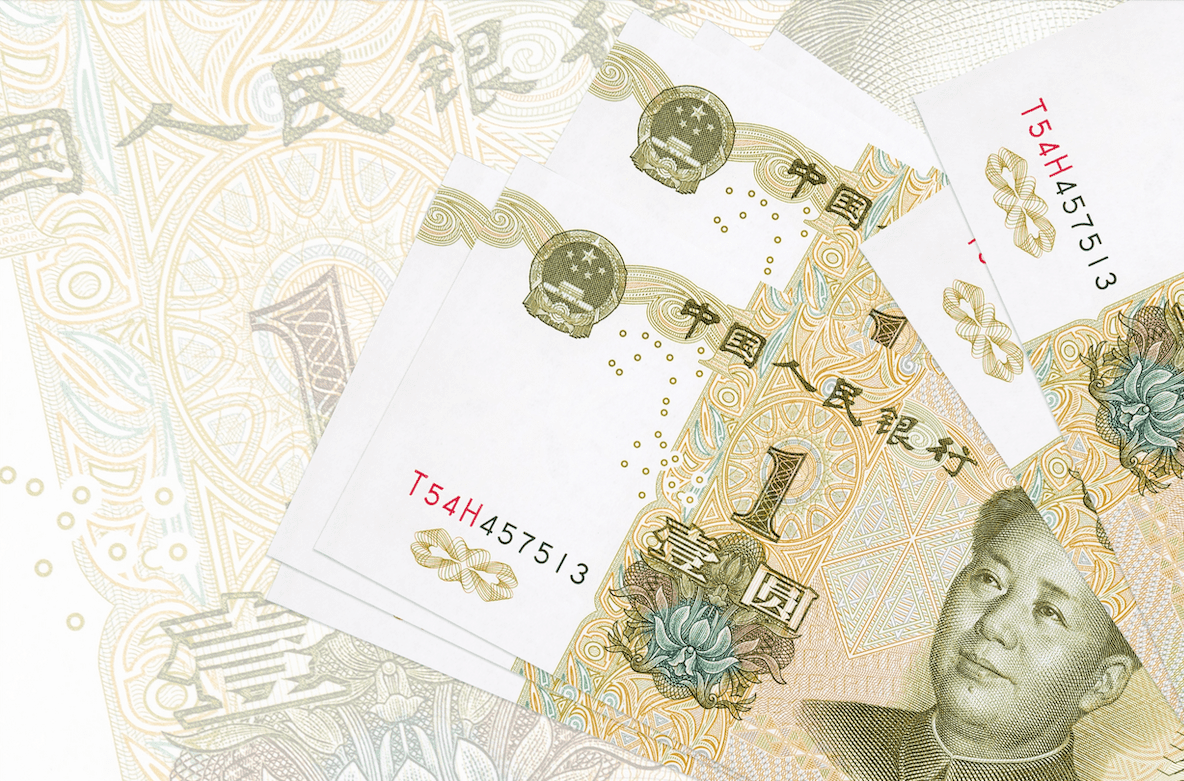As China continues to ramp up digital yuan pilot projects, a central bank official said some problems remain and need to be fixed, especially those surrounding regulatory rules and payment systems.
Test runs of e-CNY have seen some great results at the current stage, but “some problems still need to be solved,” Fan Yifei, a deputy governor of the People’s Bank of China (PBOC) — China’s central bank — said on Friday at the China Digital Finance Forum, according to a transcript released by the PBOC.
Regulatory rules, acceptance environments and payment systems should be improved and optimized, Fan said.
The rules for e-CNY should differ from those for physical currency, and the digital currency should not be fully managed by existing account-based methods, according to Fan. “[We have to] break what should be broken and restrain what should be restrained,” he said.
Fan’s comments come as the PBOC continues to scale up its tests on the digital yuan and is expected by many to fully roll out the digital currency in time for the Beijing Winter Olympics in February.
The central bank did not mention any physical glitches or serious problems with the e-CNY, Richard Turrin, a Shanghai-based fintech consultant who recently published “Cashless: China’s Digital Currency Revolution,” told Forkast.News. Instead, the problems to be overcome more likely concern setting up the system’s rules and how to best deploy the digital yuan for high-value transactions.
“For example, a 1 million e-CNY transfer that takes transfers away from China’s real-time gross settlement system or ‘high-value payment system’ run by banks will need specific system ‘endpoint’ requirements to ensure security for users,” Turrin said.
The PBOC made it clear in its white paper released in July the e-CNY is a value-based, quasi-account-based and account-based hybrid payment instrument. “Account-based transfers are large-scale transfers, while value-based transfers are smaller payments such as direct phone-to-phone transfers without a network,” Turrin said, adding the PBOC has to define the limits and end-point requirements placed for smaller payments.
“Setting the boundaries for each of these payments will be critical for user adoption and requires considerable thought,” Turrin added. One big issue, he said, would be what limit to put on value-based transfers to make them “cash-like” especially for rural users.
On the technical infrastructure, Fan said the PBOC is working to support the connection between e-CNY and traditional payment systems and the connection between e-CNY digital wallets and bank accounts.
“The PBOC’s comment is critical and shows again how the PBOC has no desire to disrupt the existing payment platforms — Alipay and WeChat Pay — but instead seeks to work with them,” Turrin said.
The central bank is developing “sub wallets” to allow seamless e-CNY use on these payment platforms, according to Turrin.
Widening adoption
Given the momentum fueled by the PBOC’s digital yuan development policy that encourages wider adoption, banks have actively engaged in the trials. Last month, three major state-owned banks released their e-CNY usage data along with their semi-annual reports, with tens of billions of yuan combined circulating through the banks’ systems.
China Construction Bank, for example, said as of the end of June, it had helped set up 7.23 million personal e-CNY wallets and nearly 1.2 million corporate wallets, handling a total of 18.9 billion digital yuan (US$2.9 billion) worth of transactions, according to its interim report.
Bank of Communications, another state-owned bank, had opened 1.16 million personal digital yuan wallets and 130,000 corporate wallets, with total e-CNY transactions reaching 2.5 billion yuan (US$390 million), Qian Bin, the bank’s executive vice president, told the press last month following the release of the bank’s mid-year results.
The PBOC’s July white paper said e-CNY trials had seen nearly 21 million personal wallets opened and transactions worth a total of around 34.5 billion yuan (US$5.3 billion).
Meanwhile, over 20 publicly listed companies have disclosed they are bringing to market e-CNY-related services and products, such as hardware wallets, a digital yuan payment system for schools, and a mobile phone SIM card that can pay for bike rentals with digital yuan at the tap of a phone, according to a report by China Securities Daily.





